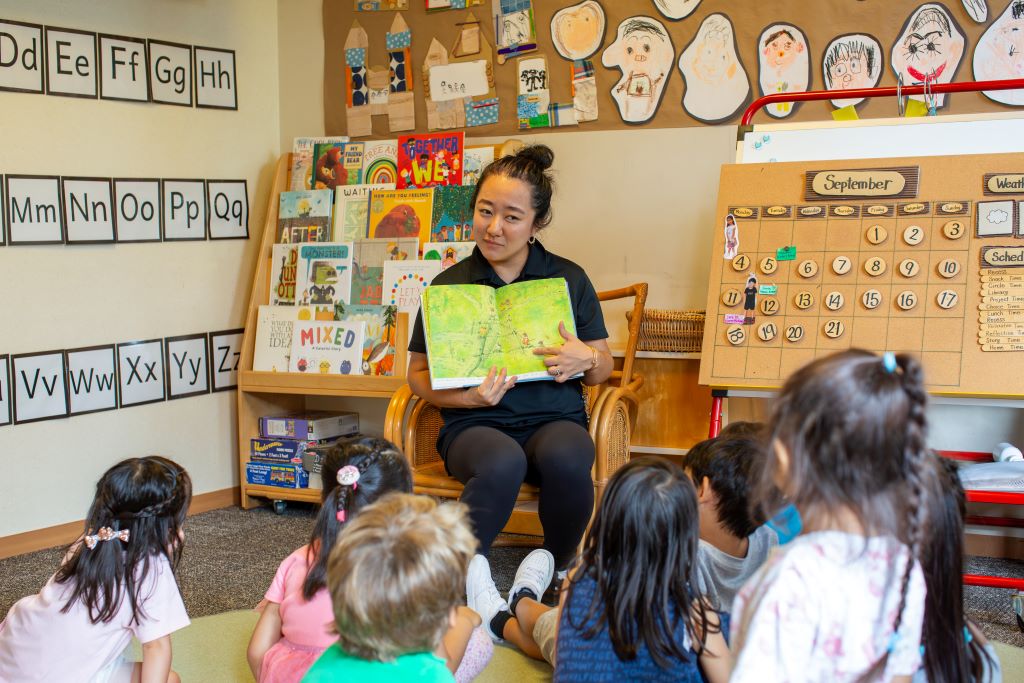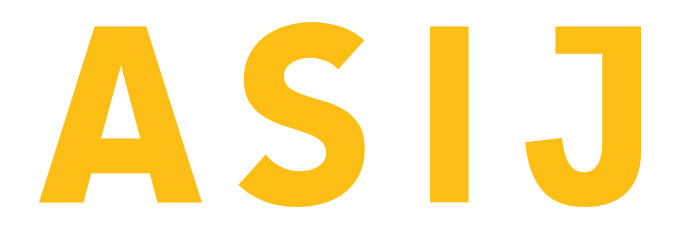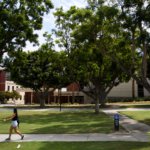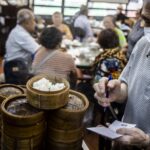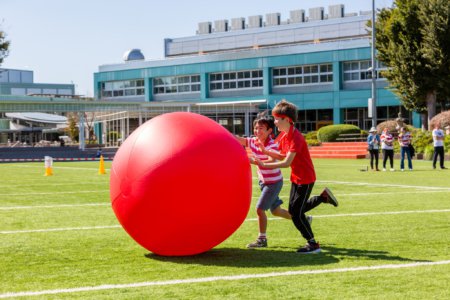Many schools still follow a traditional approach to learning. These are explicitly driven by the teacher and the curriculum, the latter with pre-defined themes, fixed timeframes and predetermined targeted outcomes. Children are extrinsically motivated — this means they seek to meet the teacher’s expectations, definition of success, outcomes and timeframes. While this traditional approach does develop some skills in students, they do not serve them well in a rapidly evolving future.
The American School in Japan (ASIJ) takes a different approach, called “Deep Learning.” At Tokyo’s leading international school, this approach puts children at the centre. Children lead their learning, they are intrinsically motivated, and their curiosity and creative thinking are elevated. Teachers intentionally and thoughtfully guide and shape the learning potential of children through questions, conversations, environment, opportunities and support for their exploration and evolving ideas.
“Deep Learning establishes a child’s relationship with school and learning,” says Early Learning Centre Director Christy Carrillo. “This approach builds a child’s confidence and desire to learn. It values a child’s curiosity and imagination and affirms that their learning and contribution have value to the world. In our rapidly changing world, this sense of confidence and purpose will be even more essential.”
In the Early Years, Deep Learning covers six aspects: Critical Thinking, Creativity, Communication, Global Citizenship, Mindset, and Collaboration. Student-led and teacher-framed, it’s holistic, active, engaging and intrinsically motivating.
In the classroom, highly skilled teachers leverage your child’s interest in shaping opportunities to practise skills across the developmental domains and build foundational literacy and numeracy skills. Projects are a big part of this. “Teachers layer foundational literacy and numeracy skills into the projects authentically and meaningfully,” says Carrillo. “For example, literacy and numeracy come to life authentically through research, reading, writing, measuring, planning, designing, counting and calculating, experimenting, predicting, etc.”
Children aged three to six years old take part in projects unique to each class every year. These include writing and producing their musicals and plays, planning and designing their board games, researching and transforming their classroom into castles, jungles, theatres, aeroplanes, doctor’s offices or restaurants, and coordinating a recycling process to use leftover fruit peels to make compost and potpourri. “We are always looking for the sparks, and then learning and designing together with the children,” says Carrillo.
After a visit to the Tokyo Theatre for Children, ASIJ students were fascinated by all aspects of the performance: stage, story, set design, costumes, music, and acting. “They held a class meeting and decided to hold a theatre in their classroom and put on a performance or two,” Carrillo says.
The children also visited the Chofu Theatre and learned about stagecraft and production. Armed with this new-found knowledge, they transformed their classroom into a stage with curtains, backdrops, a backstage area, concessions, ticketing, and audience seating.
Another hands-on learning example comes from pre-kindergarten, which consists of children aged four to five. After much discussion and many ideas, the children decided to turn their Drama Centre into a doctor’s office. They share their experiences, read books, and discuss what they need for their clinic. “The children decided what would be needed, what roles they would play, and how they would operate their clinic,” Carrillo says.
A pre-kindergarten teacher adds: “They have a medical form they fill out. They have a scale to weigh them [and] measure how tall they are. We use tools like stethoscopes to check their heartbeat, nose, ears, and mouths. When they’re looking at an X-ray together, they’ll talk about what’s wrong and the two doctors will tell the patient what they believe is wrong.”
Parents are central to the success of ASIJ’s Deep Learning framework. ASIJ involves them in their child’s journey through open communication, formal documentation, and invitations to share and participate. A platform called SeeSaw offers insight into the classroom. Think of it as Instagram but only for parents. This is where ASIJ teachers share photos, videos and descriptions throughout the week to let parents connect with their child’s learning.
“Our parents volunteer to help with projects and activities in the classroom,” Carrillo says. “They have come in to participate in cooking and baking, to share their creative skills through culture and art, or their professional skills as doctors, car designers, musicians, engineers, scientists and politicians.”
Beyond this, the Early Learning Centre provides portfolios to document each student’s learning progress through the year, invite parents for two formal conference times, and share formal reports during the middle and end of the school year. To let your child dream, think, and plan for their future, click here to learn more about The American School in Japan.
Follow The American School in Japan on Facebook, Instagram, YouTube, and LinkedIn

